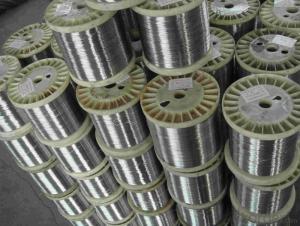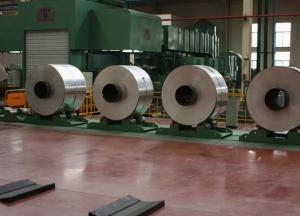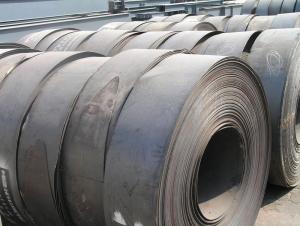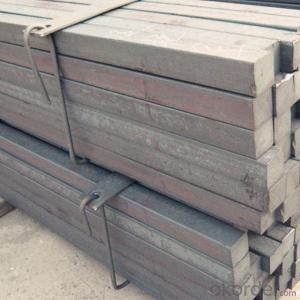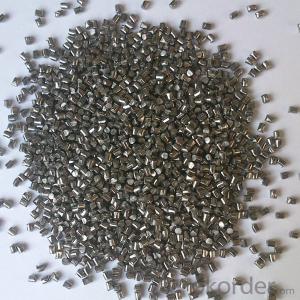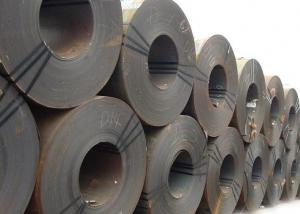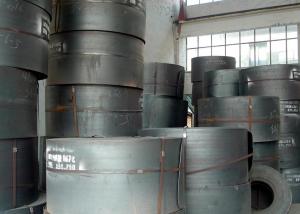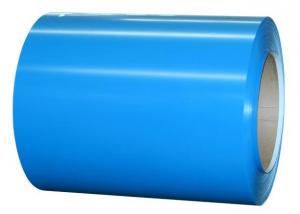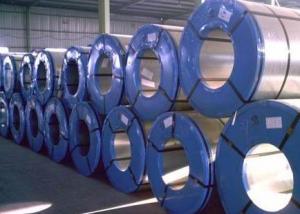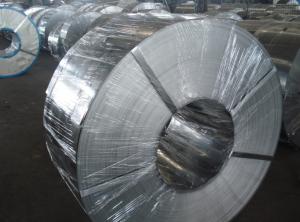PHOSPHATED(GALVANIZED) STEEL WIRE FOR OPTICAL CABLE STRENGTHENING
- Loading Port:
- China Main Port
- Payment Terms:
- TT OR LC
- Min Order Qty:
- -
- Supply Capability:
- -
OKorder Service Pledge
OKorder Financial Service
You Might Also Like
Company standard :phosphate coating:
online phosphating :≥0.8g/㎡
offline phosphating:≥01.5g/ m2
wooden spool,steel spool , Z2
4, MECHANIC
| |||||||||||||||||||||||||||||||||||||||||||||||||||||||||||||||||||||||||||||||||||||||||||||||||||||||||||||||||||||||||||||||||||||||||||||||||||||||||||||||||||||||||||||||||||||||||||||||||||||||||||||||||||||||||||||||||||||||||||||||||||||||||||||||||||||||||||||||||||||||||||||||||||||||||||||||||||||||||||
- Q:What are the different types of steel coatings?
- There are various types of steel coatings, including galvanized coatings, epoxy coatings, powder coatings, and organic coatings.
- Q:How do steel products contribute to the infrastructure development of cities and urban areas?
- Steel products play a crucial role in the infrastructure development of cities and urban areas. They are widely used in the construction of buildings, bridges, highways, and other critical structures. The strength and durability of steel make it an ideal material for these applications, ensuring the safety and longevity of the infrastructure. Additionally, steel is versatile and can be easily shaped, making it suitable for various architectural designs. Its recyclability and sustainability also make it an environmentally friendly choice. Overall, steel products provide the necessary support and framework for the development and growth of cities and urban areas.
- Q:How are steel profiles used in the fabrication of conveyor systems?
- Steel profiles are commonly used in the fabrication of conveyor systems for various purposes. They serve as the structural framework for the system, providing stability and support. Steel profiles are often used to create the main beams, brackets, and other components that form the conveyor's frame. Additionally, they are utilized to construct the rollers and guides that facilitate the movement of the conveyor belt. Overall, steel profiles play a crucial role in ensuring the durability and functionality of conveyor systems.
- Q:How is steel used in the manufacturing of appliances?
- Steel is commonly used in the manufacturing of appliances due to its high strength, durability, and heat resistance. It is used to construct the outer shells and frames of appliances such as refrigerators, ovens, and washing machines, providing a sturdy and long-lasting structure. Steel is also used in the internal components of appliances, including motors, heating elements, and various mechanical parts, ensuring their efficient and reliable operation.
- Q:What are the common uses of steel in the telecommunications industry?
- Steel is commonly used in the telecommunications industry for the construction of towers, transmission lines, and other infrastructure. It provides the necessary strength, durability, and stability needed to support and transmit signals over long distances. Additionally, steel is used in the manufacturing of various telecommunications equipment, such as antennas, satellite dishes, and cable trays.
- Q:What are the different types of steel products used in the telecommunications industry?
- Some of the different types of steel products used in the telecommunications industry include steel pipes, steel towers, steel cables, and steel brackets. These products are crucial in providing structural support, transmitting signals, and ensuring the reliability and durability of telecommunications networks.
- Q:What is the role of steel in the manufacturing of railway tracks?
- Steel plays a crucial role in the manufacturing of railway tracks as it is the primary material used for the rails. Steel's high strength, durability, and resistance to wear and deformation make it ideal for withstanding heavy loads, extreme weather conditions, and continuous train traffic. The use of steel ensures the tracks remain stable, safe, and capable of supporting the weight of trains over long distances, contributing to the efficiency and reliability of the railway system.
- Q:How are steel products used in the construction of libraries and educational centers?
- Steel products are commonly used in the construction of libraries and educational centers due to their durability, strength, and versatility. Steel is used for structural elements such as beams, columns, and frames, providing stability and support to the building. It is also used in the fabrication of stairs, railings, and mezzanines, enhancing the functionality and aesthetics of the space. Additionally, steel roofing and cladding systems are employed for their weather resistance and long lifespan, ensuring the longevity of these educational facilities.
- Q:How are steel products used in the construction of government buildings and administrative centers?
- Steel products are extensively used in the construction of government buildings and administrative centers due to their durability, strength, and versatility. These products offer structural support, allowing for the construction of large and complex buildings. Steel beams, columns, and frames are commonly used to provide stability and withstand heavy loads. Additionally, steel is used for roofing, cladding, and interior partitioning, providing fire resistance and enhancing the overall safety of the structure. The use of steel products in government buildings ensures longevity, cost-effectiveness, and compliance with stringent safety regulations.
- Q:How is steel pipe welded for structural applications?
- Steel pipe is typically welded for structural applications using one of several methods, such as arc welding, resistance welding, or oxyfuel welding. The specific method used depends on factors such as the pipe diameter, wall thickness, and the desired strength and quality of the weld. Welding processes like electric arc welding involve the use of an electric current to generate intense heat, melting the edges of the pipe together. Welding techniques and equipment are carefully selected to ensure a strong and durable bond, meeting the requirements of structural applications.
1. Manufacturer Overview |
|
|---|---|
| Location | |
| Year Established | |
| Annual Output Value | |
| Main Markets | |
| Company Certifications | |
2. Manufacturer Certificates |
|
|---|---|
| a) Certification Name | |
| Range | |
| Reference | |
| Validity Period | |
3. Manufacturer Capability |
|
|---|---|
| a)Trade Capacity | |
| Nearest Port | |
| Export Percentage | |
| No.of Employees in Trade Department | |
| Language Spoken: | |
| b)Factory Information | |
| Factory Size: | |
| No. of Production Lines | |
| Contract Manufacturing | |
| Product Price Range | |
Send your message to us
PHOSPHATED(GALVANIZED) STEEL WIRE FOR OPTICAL CABLE STRENGTHENING
- Loading Port:
- China Main Port
- Payment Terms:
- TT OR LC
- Min Order Qty:
- -
- Supply Capability:
- -
OKorder Service Pledge
OKorder Financial Service
Similar products
New products
Hot products
Related keywords

